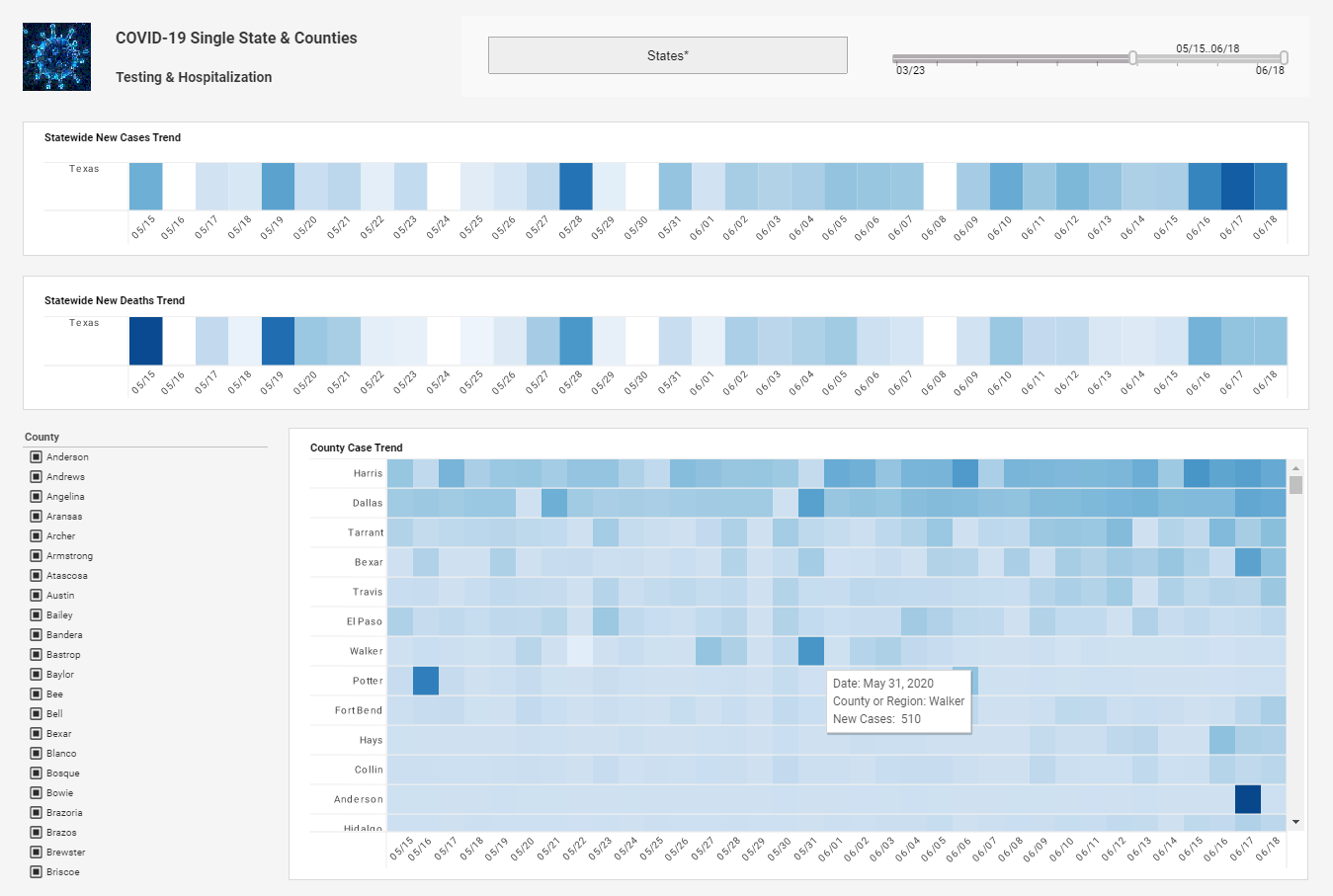When the BI Program Team Isn't Familiar with the Business Strategy
This is the continuation of the transcript of a Webinar hosted by InetSoft on the topic of "The Importance of Having a BI Strategy". The presenter is Mark Flaherty, CMO at InetSoft.
Mark Flaherty (MF): And of course, this is one of my other favorite ones, if the BI team, maybe a center of excellence for BI, maybe the BI program team, isn’t really familiar with the business strategy for the company, then chances are, the BI program isn’t going to add the value that it might. Let me give you a concrete example.
If a company in their business strategy says that “We will be successful by delivering the best customer support and customer service and so on and so forth,” then clearly you can tell that anything around customer interaction, anything that has to do with understanding the customer and then delivering responses to customers and so on and so forth will be critical for the success of that business strategy.
| #1 Ranking: Read how InetSoft was rated #1 for user adoption in G2's user survey-based index | Read More |
Get Your Ducks in a Row
If the company's point of differentiation is all around customer service and customer support, then you want to make sure that you have your ducks in a row, especially around that topic and aligned with that business strategy. This means likely having a customer master database, having good data quality around customers, understanding the customer needs, the segmentation, the buying behaviors, the profiles, the issues that customers see, the responses coming from support, the satisfaction customers show after working with customer support, after receiving service.
So doing proper surveying, scoring, tracking of those results, all these things are critical. So hopefully, this gives a good example as to why the tie-in with the overall business strategy is also critical.
And then, if you don’t have measures, if you don’t know how to measure the program itself, and then how can you manage it? Well, it's the old rule that what you can’t measure, you can’t manage. So defining metrics around the BI program is very critical. And these can be simple straightforward metrics. This doesn’t have to be rocket science, just understanding and knowing whether executives are getting the information they need, whether they get it in a timely fashion and whether they get it in the frequency they need and whether they trust the information. I mean those are simple great starting points.
Now, the road to a successful BI program focused on the BI strategy is helping with building a BI strategy in a couple of different ways. First of all, the BI strategy needs to really be defined based on the line of business needs. And helping IT work with the lines of business and then developing a complete view across the enterprise and doing the right prioritization across the lines of business at enterprise level is really important.
 |
View live interactive examples in InetSoft's dashboard and visualization gallery. |
So you want to take an approach that pays attention to the needs of the lines of business but then looks at it at an enterprise level. And you also want to make sure that what has been done is being reused to the fullest extent possible. And we are not throwing out the baby with the bath water just because we developed a new strategy. It’s really important to use existing work that has been done so that is meaningful.
Incrementally improving Business Intelligence (BI) dashboards and reports involves a systematic approach to refining and enhancing existing analytics solutions to better meet the evolving needs of users and stakeholders. One strategy for incremental improvement is to start by gathering feedback from end-users to identify pain points, areas for improvement, and new requirements. By soliciting input from users across different departments and roles, organizations can gain valuable insights into usability issues, data gaps, or functionality gaps that may need to be addressed. This feedback-driven approach ensures that enhancements are prioritized based on user needs and aligned with business objectives.
Once feedback has been collected, organizations can prioritize enhancement initiatives based on their potential impact and feasibility. Prioritization criteria may include factors such as the frequency of user requests, the strategic importance of the enhancement, or the complexity of implementation. By focusing on high-impact, low-effort enhancements first, organizations can quickly deliver tangible improvements to BI dashboards and reports while minimizing disruption to ongoing operations. Additionally, prioritizing enhancements in small, manageable increments allows organizations to maintain momentum and sustain continuous improvement over time.
Another key aspect of incrementally improving BI dashboards and reports is to leverage agile development methodologies and iterative design principles. Rather than attempting to overhaul entire dashboards or reports in one go, organizations can break down enhancement initiatives into smaller, more manageable tasks or user stories. By working in short iterations or sprints, cross-functional teams can rapidly prototype, test, and iterate on enhancements, incorporating feedback and lessons learned along the way. This iterative approach not only accelerates the delivery of improvements but also ensures that enhancements are validated against user needs and preferences before being rolled out to a wider audience. Overall, by adopting a feedback-driven, prioritized, and iterative approach to improvement, organizations can incrementally enhance BI dashboards and reports to deliver greater value and drive better business outcomes.
| Previous: Aligning BI Strategy with Business Strategy |
